Today is the final installment of our two-part interview with Kieran Schnabel, a music thanatologist with SacredFlight (a not-for-profit charitable organization of certified music thanatologists). Kieran is located in Oregon, and grew up practicing and studying music. He is now a full time music thanatologist, and was kind enough to share some of his story — along with more information on music thanatology’s mission and practice — with SevenPonds.
Augusta: Generally will you play for a patient and a family once, or will you ever play multiple times?
Kieran: It depends, because sometimes we get called in to play for someone when they’re within a few hours of death, or a couple of days from death, in which case we probably only see them once. But sometimes we get called in and someone lives for another year or a few more years, and there have been times when we’ve seen patients five or six times, because they feel the music is so wonderful to them that they have us back again and again.
Augusta: How long does a vigil generally last or does that also depend?
Kieran: It really does depend. The music generally goes for a half hour to an hour, and there are times when it’s shorter and you have to work with whatever’s going on around you. And sometimes the call of nature comes right in the middle.
Augusta: It seems like death and music have been linked for hundreds, if not thousands of years. What are your thoughts on that?
Kieran: Yeah, you know, music and death have had a relationship for a long, long time, in almost every culture. It’s pretty amazing, because you can look all the way back to medieval times and find music in old Roman Catholic chants and taking care of people at the end of life. And you can go back to Native American rituals and find the same thing – shamans used music to take care of their dying. It’s just kind of crazy to look around the world and see it in almost every culture. Music has been a part of taking care of the dead and dying for so long. It’s great. It shows the foundation of where all this came from. It’s almost funny that it hasn’t come about sooner.
Augusta: That’s what I was thinking! It does seem strange that music thanatology isn’t something everyone knows about and uses.
Kieran: Yeah, in a lot of ways it does seem like music has been relegated to post-death. But if you look a ways back, in so many cultures, it’s very common for music to be used in taking care of the person as they’re nearing death. And also as a way for the community to interact with the person who is dying. Often times you’ll see, if a traditional music thanatologist isn’t there, a family themselves will take up the role all on their own. They’ll gather around their dying loved one and often sit close and hold hands, and they’ll sing. They’ll sing songs that are meaningful to them – either religious or not – and it brings them together and brings them to a place that helps to grieve and process the event. It’s a very natural thing that people have done for so, so long. Of course, our world is changing, and people spend less time interacting with each other. What with computers and phones and everything like that. But at the same time, in these moments, when these sorts of events happen, you still see, I think, what comes naturally to almost everyone. To come together, to have some conversation, to somehow find a place to hold space for each other, to support each other, to comfort each other — and music is a very natural part of that.
Augusta: Do you have any specific memories from your time as a music thanatologist you’d like to share?
Kieran: I can tell you a quick story if you’d like, of one vigil that really stands out in my mind.
Augusta: I’d love that.
Kieran: It’s one that I did a few months ago, just after I joined SacredFlight and it took place at the patient’s house. One of my favorite things about becoming a music thanatologist is that I get to go to people’s houses where things are most natural and sort of settled and holistic, because they’re in their own homes, surrounded by their own families. So I love that, and that’s where this was.
And the patient was an elderly gentleman, not extremely old though, probably in his mid-60s or early 70s. He was pretty ill, but he was also completely in sound mind and still mobile. It was one of those things, that if you saw someone in his position on the street, you’d never know they were within days of their death. Just kind of unbelievable to the general eye. But anyway, I went in and introduced myself, and he said he was afraid — he wasn’t ready to go. He didn’t want to leave his family, his wife, his children, his grandchildren. And one of his children was there with two granddaughters, and we got set up in the room with his bed and they sat down and immediately one of his granddaughters went down and just laid down in bed with him. And she snuggled up right against him, and he held her in the crook of his arm and I played the vigil. And the family cried, and it was just beautiful to see him with his granddaughter laying there. It was a gorgeous sight. And at the end of the vigil he said, “You’ve brought me peace. In my soul.”
And that’s always stuck with me, just knowing that music can sometimes offer some comfort existentially for the anxiety of death and what’s over on the other side. Sometimes music can offer calm in the face of the unknown. I think music soothes the very frightened aspect of ourselves as we come toward the end of life.
Augusta: That’s so beautiful. I’m crying over here now.
Kieran: Don’t worry, that day I was crying too.
Augusta: That’s just so amazing, what an incredible thing to be able to do for somebody.
Kieran: Yeah that was just one experience out of many that was really touching and wonderful.
Augusta: As far as SacredFlight goes, is there anything readers should know that sets it apart?
Kieran: I think the thing that sets SacredFlight apart is that there aren’t many stand alone music thanatologist practices. There are individual practitioners but not really practices. And a lot of music thanatologists are directly employed by a hospice or a hospital, so the unique thing about SacredFlight is that it’s stand-alone and it serves many hospitals and hospices, and the community at large in the greater Portland area.
Augusta: Is there somewhere people can find out more about SacredFlight and about you and music thanatology?
Kieran: I think the two would be sacredflight.org and also mtai.org. That one’s great because it has a contact list for music thanatologists worldwide. And there’s not a ton of us yet, so it’s kind of a cool thing to be able to find people and learn more about what we do.
Augusta: Thank you so much for talking to me – it’s been so wonderful and I’ve really enjoyed learning about music thanatology and your experience. It’s very inspiring.
Kieran: Aw you’re welcome, thank you!
Check out part one of our interview with Kieran here!

 How Can Music Provide Comfort in End of Life? An Interview with Kieran Schnabel, Part Two
How Can Music Provide Comfort in End of Life? An Interview with Kieran Schnabel, Part Two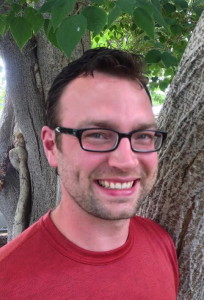
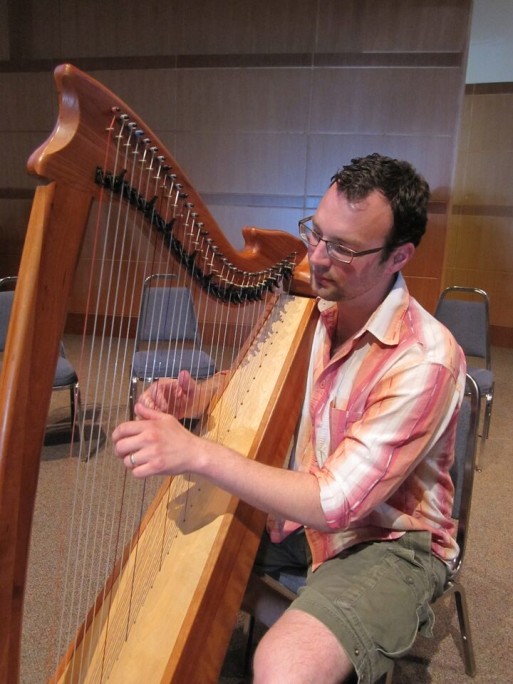


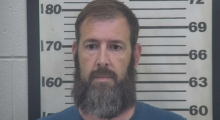
 Funeral Home Owner Chris Johnson Spending Halloween in Jail
Funeral Home Owner Chris Johnson Spending Halloween in Jail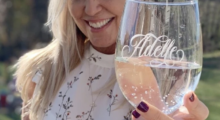
 Our Monthly Tip: Toast a Loved One with a Personalized Glass
Our Monthly Tip: Toast a Loved One with a Personalized Glass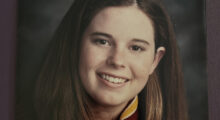
 My Cousin’s Death Taught Me the Meaning of Life
My Cousin’s Death Taught Me the Meaning of Life














